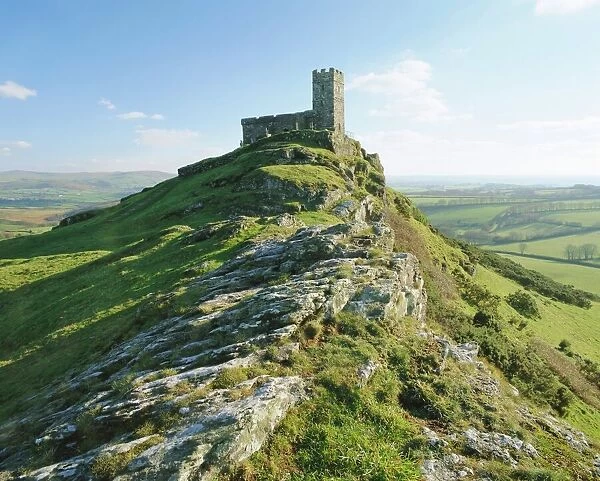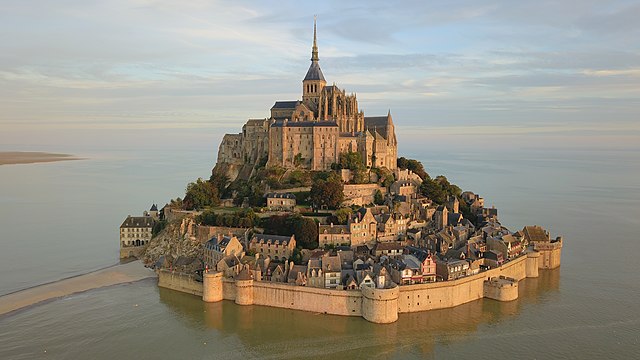Junopsis
Ephemeral Spectre
- Joined
- Oct 31, 2005
- Messages
- 280
Thanks for your input I am an investment banker by trade so the techie stuff was above my pay grade meaning I have to take it as it comes or ignore it.
If you want some pedantry--
Sound is a mechanical wave. It must perpetuate through a medium of matter, like air, or ground. It does so at varying speeds (unlike light) and wavelengths. Movement can induce sound, like wind causing a bridge to resonate, because wavelengths can match up with physical input.
Light doesn't have that. It doesn't even need a medium to propagate through. In fact, matter can block it-- it doesn't have the physical interaction that things need to produce sound. It can't even transfer energy in a way to produce sound; only heat. Light would need to be able to produce orderly motion in a large-scale amount of matter to make sound. Since heat energy is inherently a random motion, that doesn't happen.
Sound also decays into heat, but that's as the atoms it's propagating through lose their order.







